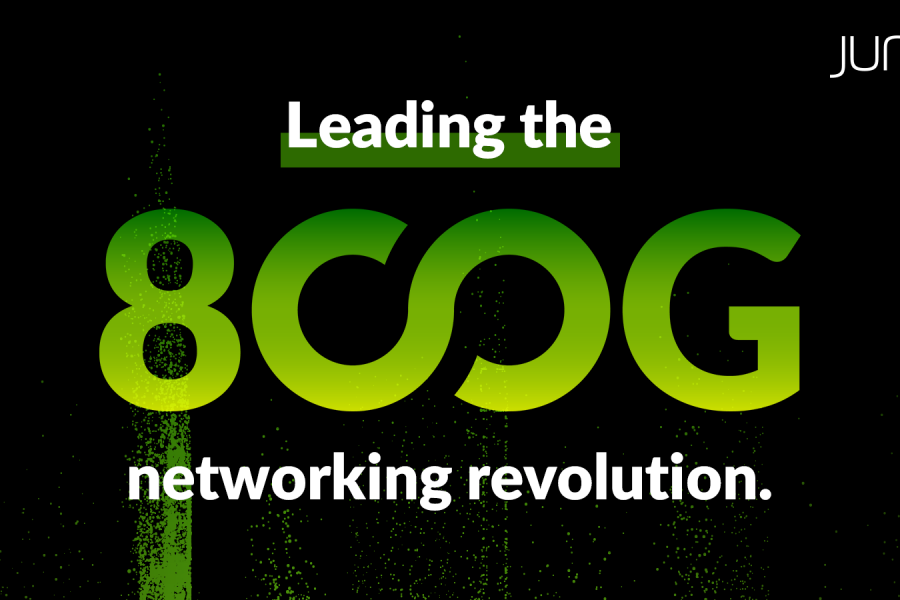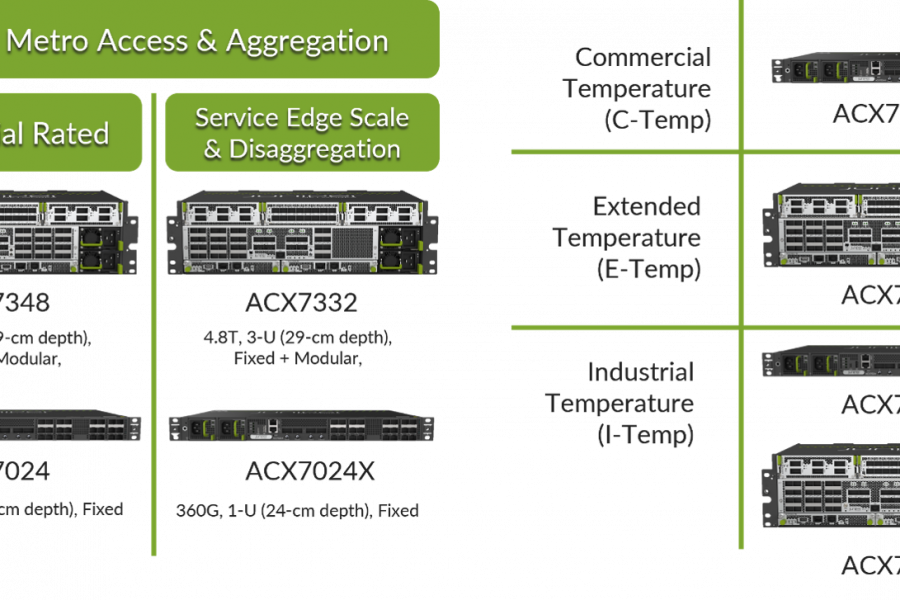This is part three of a five-part series about how Juniper Networks is helping network service providers (SPs) around the world build out Secure Automated Cloud architectures. See part two here.
Unsustainable network operator economics
Flat revenues may be tolerable in other industries but combined with relentless increases in traffic year over year, SP networks are slowly breaking. Networks are getting bigger, more complex and tougher to operate and while initial hype around Network Functions Virtualization (NFV)/Software-Defined Networking (SDN) centered on potential CapEx savings, but this was never the primary opportunity for SPs. Virtualization is not an end in itself; it is a means to automate. Automation improves reliability, consistency and speed, and ultimately yields operational efficiency – this is where the SDN/NFV opportunity is for SPs. The cost to operate a network is much higher than the cost to build a network. In fact, the ratio of OpEx to CapEx for a typical carrier is about 4 to 1.
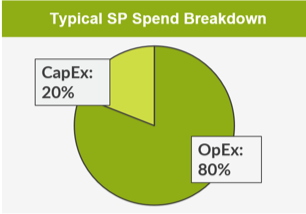
Ironically, the virtualization and disaggregation of previously pre-packaged, vertically integrated network platforms is what burdens NFV integrations with complexity. Here’s a stack view of Juniper’s complete, ready-to-integrate, pre-validated network virtualization solution. It’s open and extensible to interoperate with the broader ecosystem of vendors that is necessary for industry innovation:
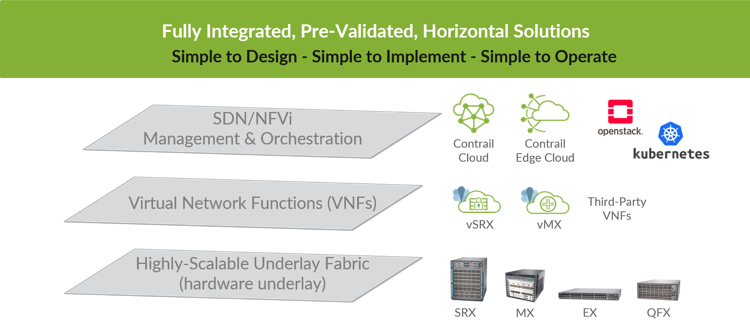
VNF and compute stack integration and optimization is difficult with unexpected implications. Hardware and software components are tough to dimension and keep up to date. Self-integration experiments are time consuming and expensive. These issues have caused widespread confusion. Analyst firms forecast that roughly 50% of the service provider NFV market is associated with the professional services required just for integration and implementation. Unsurprisingly, SPs are cautious about expanding deployments from controlled experiments to network-wide production. Some SPs have become paralyzed by the task at hand and are resigned to living with their current situation.
Complexity is the new hard problem, Day 2 operations are the real challenge and automation technologies are the key to solving it:
- Correlate data sources across geographies, across time, across different layers of the network to get a composite picture of the problem. Zoom-in on trouble spots as they come up, and zoom-out when the problem is resolved to conserve resources.
- Intent-driven programming simplifies operations. Express policies in terms of application constructs rather than network constructs so policy follows applications without the need to manually update network configurations.
- Advanced machine learning algorithms shift the mindset from reactive to proactive and predictive remediation of problems.
Re-imagining the service lifecycle
Automation must be considered in the context of the entire network lifecycle to simplify and streamline as many process and sub-processes as possible. Critically, this is a business process transformation discussion as much as it is a technology discussion. It’s important to understand current process flows first and how they fit into larger workflows before you think about the best way to automate a specific process.
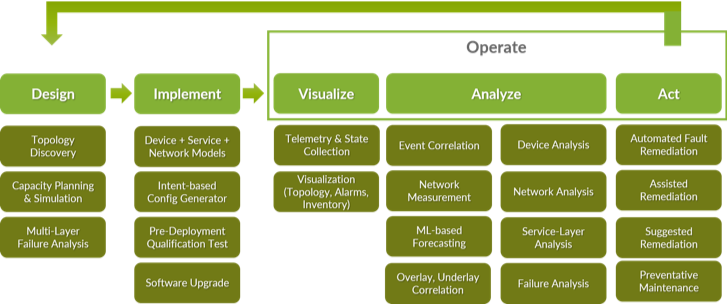
For example, cloud delivered enterprise services may first necessitate a process re-engineering effort and then a process automation effort. In some cases, the design, deployment, configuration and monitoring of physical infrastructure is similar to the same tasks applied to virtualized infrastructure. In some cases, the two are dramatically different.
People, process, technology and culture must evolve in parallel to accomplish the goal. Overall resistance to change is typically the biggest barrier to progress that we see. Consequently, Juniper is helping to kickstart SP implementations with several initiatives.
Eng Net is Juniper’s developer portal for automation that features catalogs of applications, sample use cases and API documentation. The worldwide, collaborative community connects likeminded individuals who are tackling (and solving) similar operational issues. We’re not trying to transform all network engineers into software developers – this is more about bringing the easy button to network operations.
NRE Labs offers a multitude of hands-on automation exercises hosted in the cloud. Learn by doing with zero barriers to entry. NRE Labs is built by network engineers for network engineers.
Our industry-leading Juniper Educational Services offer informal training bytes as well as curated training paths and formal certifications.
vLabs enables you to experiment with Juniper infrastructure through virtualized instances in the cloud.
Juniper’s goal is to simplify the deployment and management of networks. SP operations transformation is not about robots taking over the world; it’s about making automation more consumable and elevating the skillset of the network engineer. High-code, low-code or no-code, network solutions must accommodate all approaches. The humans are the heroes in this story and whether you’re halfway down the path to an autonomous network or haven’t even started, Juniper is here to help. But this transformation will take time; the industry is still in the very early stages.
In part four of our blog series we will describe how Juniper is working with SPs to build out Secure Automated Cloud architectures that transform the way in which SPs build and deliver services to their customers.
Join us on June 10 (US/EMEA) and June 11 (APAC) to discover how network architectural shifts create business value at our Juniper Virtual Summit for Cloud & Service Providers. Register here.

